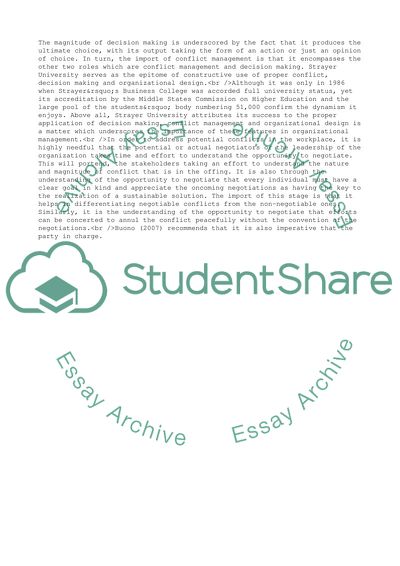Cite this document
(Conflict, Decision Making and Organizational Design Coursework Example | Topics and Well Written Essays - 1500 words - 1, n.d.)
Conflict, Decision Making and Organizational Design Coursework Example | Topics and Well Written Essays - 1500 words - 1. https://studentshare.org/management/1791142-conflict-decision-making-organizational-design
Conflict, Decision Making and Organizational Design Coursework Example | Topics and Well Written Essays - 1500 words - 1. https://studentshare.org/management/1791142-conflict-decision-making-organizational-design
(Conflict, Decision Making and Organizational Design Coursework Example | Topics and Well Written Essays - 1500 Words - 1)
Conflict, Decision Making and Organizational Design Coursework Example | Topics and Well Written Essays - 1500 Words - 1. https://studentshare.org/management/1791142-conflict-decision-making-organizational-design.
Conflict, Decision Making and Organizational Design Coursework Example | Topics and Well Written Essays - 1500 Words - 1. https://studentshare.org/management/1791142-conflict-decision-making-organizational-design.
“Conflict, Decision Making and Organizational Design Coursework Example | Topics and Well Written Essays - 1500 Words - 1”. https://studentshare.org/management/1791142-conflict-decision-making-organizational-design.


